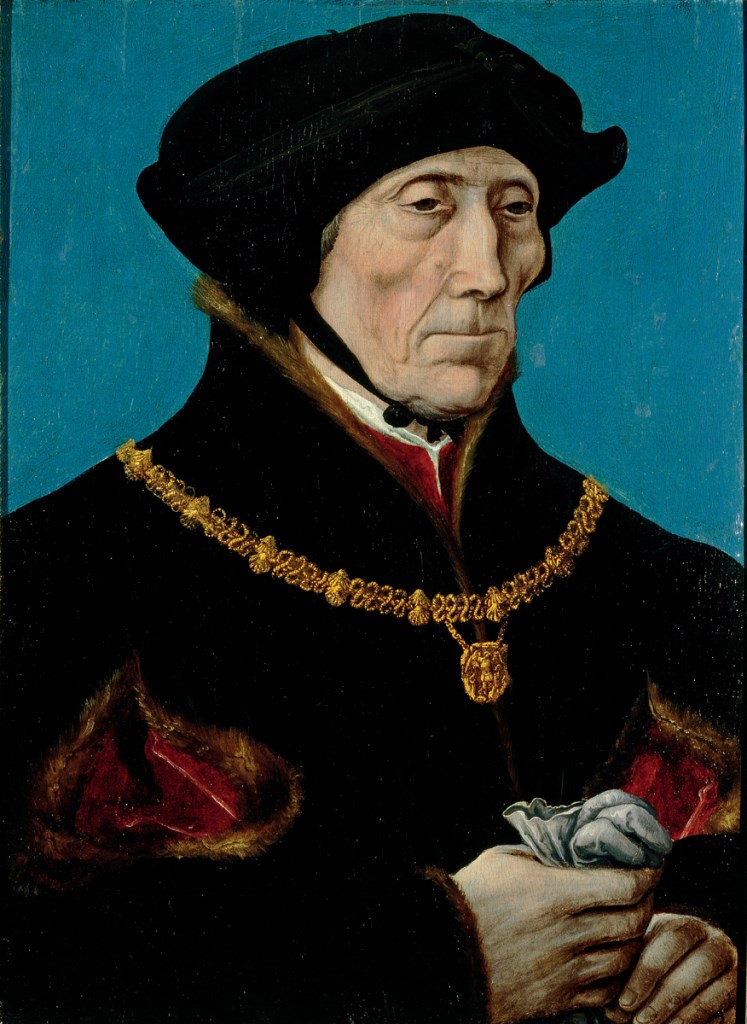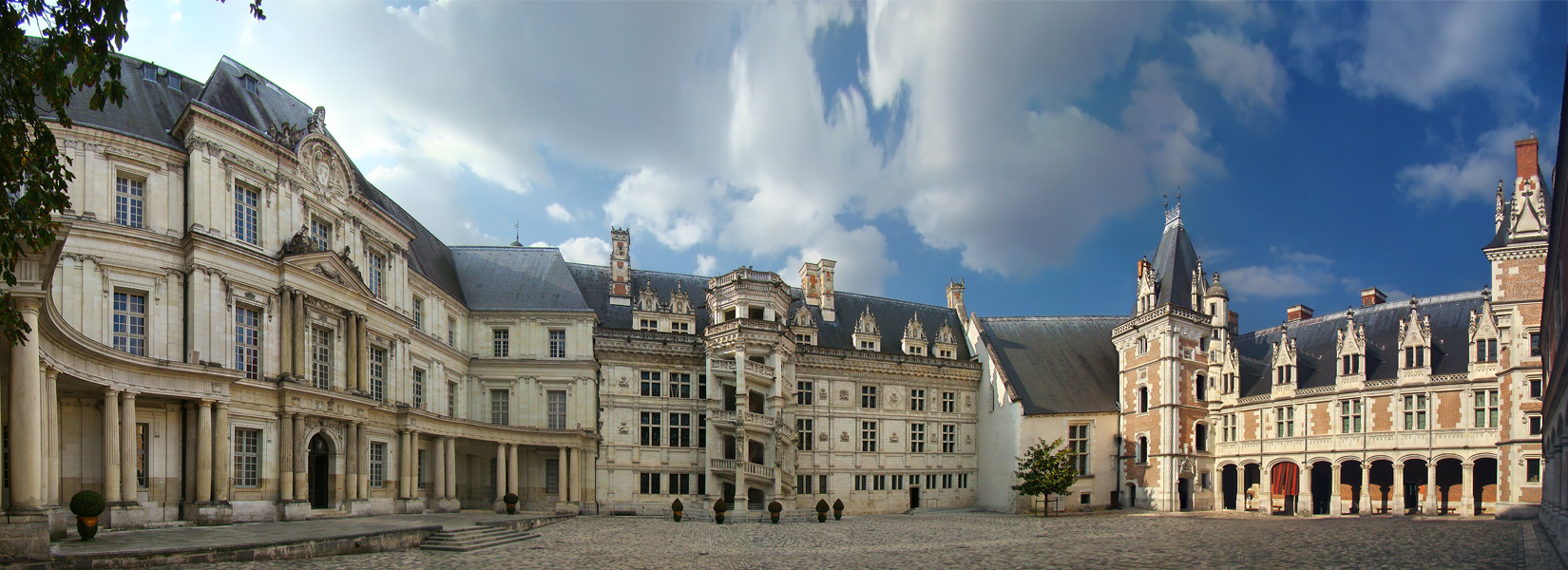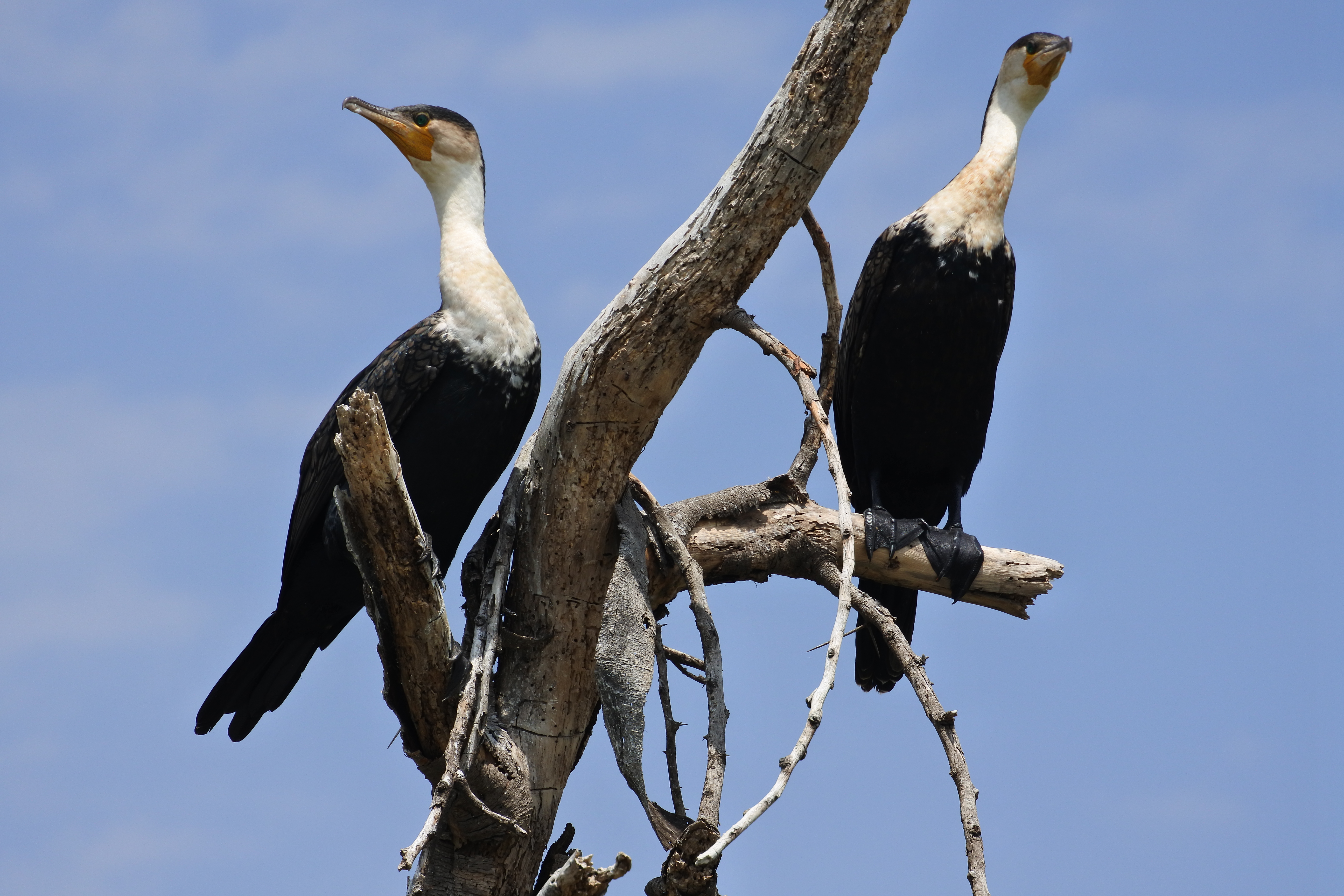|
Blésois
Bloisian (''Blésois'' in French) is a natural region of France located around the city of Blois, Loir-et-Cher, Centre-Val de Loire. This term also refers to the locals living there. Historically, Bloisian was part of the County of Blois, and from 1498 part of the Orléanais province. Situation This natural region is located in the center of the Loir-et-Cher department. With Val de Loire orléanais, Val de Loire tourangeau and Val d'Anjou, it is part of a larger natural region called Val de Loire. Bloisian is between the following natural regions: * In the North, Beauce and Val de Loire orléanais; * In the East, Sologne; * In the South, Val de Loire tourangeau; * In the East, Gâtine tourangelle. Terminology The word “Bloisian” comes from the city of Blois, whose name was firstly given by Romans to the surroundings as ''pagus'' ''Blesensi'', and seems to derivate itself from the Celtic word ''bleiz'', meaning “wolf”. As a result, Bloisian was originally the ... [...More Info...] [...Related Items...] OR: [Wikipedia] [Google] [Baidu] |
Val De Loire Orléanais
Val de Loire orléanais is a natural region of France located in the heart of the Loiret department, in the Centre-Val de Loire region. Location This natural region is located in the center of Loiret. It was named after the city of Orléans. With Val de Loire tourangeau, Blésois and Val d'Anjou, it is part of a larger natural region called Val de Loire. This region is surrounded on the North by Beauce, in the East by the Forest of Orléans and Gâtinais, in the South by Sologne and in the West by Blésois Bloisian (''Blésois'' in French) is a natural region of France located around the city of Blois, Loir-et-Cher, Centre-Val de Loire. This term also refers to the locals living there. Historically, Bloisian was part of the County of Blois, and from .... References {{reflist Geographical, historical and cultural regions of France Loiret Culture of Centre-Val de Loire Orléanais ... [...More Info...] [...Related Items...] OR: [Wikipedia] [Google] [Baidu] |
Orléanais
The Duchy of Orléanais () is a former province of France, which was created during the Renaissance by merging four former counties and towns. However after the French Revolution, the province was dissolved in 1791 and succeeded by five ''départments'' (less some communes to others). Dukedom The Duchy of Orléanais was created in 1344 by raising the former County of Orléans to a Dukedom under Philip VI of France, King Philip VI for his second son Philip, Duke of Orléans, Philip de Valois. With the creation of the duchy, several localities around the former county were also integrated, they included the County of Beaugency and the Seigneurities of Neuville-aux-Bois, Yèvre-le-Châtel, Châteauneuf-en-Thymerais, Lorris, and Boiscommun. In 1375, Prince Philip died without a legitimate heir, the title of 'Duke of Orléans' and the duchy itself were merged into the Crown lands of France, royal domain (crown lands) of the King of France. In 1392, the duchy was re-created by King Cha ... [...More Info...] [...Related Items...] OR: [Wikipedia] [Google] [Baidu] |
Blois
Blois ( ; ) is a commune and the capital city of Loir-et-Cher Departments of France, department, in Centre-Val de Loire, France, on the banks of the lower Loire river between Orléans and Tours. With 45,898 inhabitants by 2019, Blois is the most populated city of the department, and the 4th of the region. Historically, the city was the capital of the County of Blois, created in 832 until its integration into the Royal domain in 1498, when Count Louis II of Orléans became Louis XII, King Louis XII of France. During the Renaissance, Blois was the official residence of the King of France. History Pre-history Since 2013, excavations have been conducted by French National Institute of Preventive Archaeological Research (''INRAP'' in French) in Blois-Vienne, Vienne where evidence was found of "one or more camps of Prehistory, Prehistoric hunter-gatherers, who also fished due to fishing traps found there. They were Neolithic farmer-herders, who were present in the area around 6,0 ... [...More Info...] [...Related Items...] OR: [Wikipedia] [Google] [Baidu] |
Eurasian Wolf
The Eurasian wolf (''Canis lupus lupus''), also known as the common wolf,Mech, L. David (1981), ''The Wolf: The Ecology and Behaviour of an Endangered Species'', University of Minnesota Press, p. 354, is a subspecies of grey wolf native to Europe and Asia. It was once widespread throughout Eurasia prior to the Middle Ages. Aside from an extensive paleontological record, Indo-European languages typically have several words for "wolf", thus attesting to the animal's abundance and cultural significance.Gamkrelidze, T. V. & Ivanov, V. V. (1995), ''Indo-European and the Indo-Europeans: A Reconstruction and Historical Analysis of a Proto-Language and Proto-Culture'', Walter de Gruyter, pp. 413-417, It was held in high regard in Baltic, Celtic, Slavic, Turkic, ancient Greek, Roman, Dacian, and Thracian cultures, whilst having an ambivalent reputation in early Germanic cultures. It is the largest of Old World grey wolves, averaging in Europe; however, exceptionally large indivi ... [...More Info...] [...Related Items...] OR: [Wikipedia] [Google] [Baidu] |
Dialect
A dialect is a Variety (linguistics), variety of language spoken by a particular group of people. This may include dominant and standard language, standardized varieties as well as Vernacular language, vernacular, unwritten, or non-standardized varieties, such as those used in developing countries or isolated areas. The non-standard dialects of a language with a writing system will operate at different degrees of distance from the standardized written form. Standard and nonstandard dialects A ''standard dialect'', also known as a "standardized language", is supported by institutions. Such institutional support may include any or all of the following: government recognition or designation; formal presentation in schooling as the "correct" form of a language; informal monitoring of everyday Usage (language), usage; published grammars, dictionaries, and textbooks that set forth a normative spoken and written form; and an extensive formal literature (be it prose, poetry, non-ficti ... [...More Info...] [...Related Items...] OR: [Wikipedia] [Google] [Baidu] |
Blaise (Marne)
The Blaise () is an long river in the Haute-Marne and Marne (department), Marne departments of France, departments in northeastern France. Its source is in the village of Gillancourt. It flows generally northwest. It is a left tributary of the Marne (river), Marne into which it flows at Arrigny. Departments and communes along its course This list is ordered from source to mouth: *Haute-Marne: Gillancourt, Blaisy, Juzennecourt, Lachapelle-en-Blaisy, Lamothe-en-Blaisy, Colombey-les-Deux-Églises, Curmont, Guindrecourt-sur-Blaise, Daillancourt, Bouzancourt, Cirey-sur-Blaise, Arnancourt, Doulevant-le-Château, Dommartin-le-Saint-Père, Courcelles-sur-Blaise, Dommartin-le-Franc, Ville-en-Blaisois, Doulevant-le-Petit, Rachecourt-Suzémont, Vaux-sur-Blaise, Montreuil-sur-Blaise, Brousseval, Wassy, Attancourt, Louvemont, Allichamps, Humbécourt, Éclaron-Braucourt-Sainte-Livière *Marne: Landricourt, Marne, Landricourt, Sainte-Marie-du-Lac-Nuisement, Hauteville, Marne, Hauteville, Écoll ... [...More Info...] [...Related Items...] OR: [Wikipedia] [Google] [Baidu] |
Great Cormorant
The great cormorant (''Phalacrocorax carbo''), also known as just cormorant in Britain, as black shag or kawau in New Zealand, formerly also known as the great black cormorant across the Northern Hemisphere, the black cormorant in Australia, and the large cormorant in India, is a widespread member of the cormorant family of seabirds. It breeds in much of the Old World, Australasia, and the Atlantic coast of North America. Taxonomy The great cormorant was formally described in 1758 by the Swedish naturalist Carl Linnaeus in the tenth edition of his ''Systema Naturae'' under the binomial name ''Pelecanus carbo''. Linnaeus specified the type location as "Europe", but this was restricted to the "rock-nesting form of the north Atlantic Ocean" by the German ornithologist Ernst Hartert in 1920. The great cormorant is now one of 12 species placed in the genus '' Phalacrocorax'' that was introduced in 1760 by the French zoologist Mathurin Jacques Brisson. The genus name is Latinised Anc ... [...More Info...] [...Related Items...] OR: [Wikipedia] [Google] [Baidu] |
Mallard
The mallard () or wild duck (''Anas platyrhynchos'') is a dabbling duck that breeds throughout the temperate and subtropical Americas, Eurasia, and North Africa. It has been introduced to New Zealand, Australia, Peru, Brazil, Uruguay, Argentina, Chile, Colombia, the Falkland Islands, and South Africa. Belonging to the subfamily Anatinae of the waterfowl family Anatidae, mallards live in wetlands, eat water plants and small animals, and are social animals preferring to congregate in groups or flocks of varying sizes. Males (drakes) have green heads, while the females (hens) have mainly brown-speckled plumage. Both sexes have an area of white-bordered black or iridescent purple or blue feathers called a speculum on their wings; males especially tend to have blue speculum feathers. The mallard is long, of which the body makes up around two-thirds the length. The wingspan is and the bill is long. It is often slightly heavier than most other dabbling ducks, weighing . T ... [...More Info...] [...Related Items...] OR: [Wikipedia] [Google] [Baidu] |
Eurasian Beaver
The Eurasian beaver (''Castor fiber'') or European beaver is a species of beaver widespread across Eurasia, with a rapidly increasing population of at least 1.5 million in 2020. The Eurasian beaver was hunted to near-extinction for both its fur and castoreum, with only about 1,200 beavers in eight Relict (biology), relict populations from France to Mongolia in the early 20th century. It has since been Eurasian beaver reintroduction, reintroduced into much of its former range and now lives from Western Europe, Western, Southern Europe, Southern, Central Europe, Central and Eastern Europe, Scandinavia, Russia through China and Mongolia, with about half the population in Russia. It is listed as least concern on the IUCN Red List. Taxonomy ''Castor fiber'' was the scientific name used by Carl Linnaeus in 1758, who described the beaver in his work ''Systema Naturae''. Between 1792 and 1997, several Eurasian beaver zoological specimens were described and proposed as subspecies, includ ... [...More Info...] [...Related Items...] OR: [Wikipedia] [Google] [Baidu] |
Pagus
In ancient Rome, the Latin word (plural ) was an administrative term designating a rural subdivision of a tribal territory, which included individual farms, villages (), and strongholds () serving as refuges, as well as an early medieval geographical term. From the reign of Diocletian (284–305 AD) onwards, the referred to the smallest administrative unit of a province. These geographical units were used to describe territories in the Merovingian and Carolingian periods, without any political or administrative meaning. Etymology is a native Latin word from a root , a lengthened grade of Indo-European , a verbal root, "fasten" ('' pango''); it may be translated in the word as "boundary staked out on the ground". In semantics, used in is a stative verb with an unmarked lexical aspect of state resulting from completed action: "it is having been staked out", converted into a noun by , a type recognizable in English adjectives such as surveyed, defined, noted, etc. English do ... [...More Info...] [...Related Items...] OR: [Wikipedia] [Google] [Baidu] |
Fire Salamander
The fire salamander (''Salamandra salamandra'') is a common species of salamander found in Europe. It is black with yellow spots or stripes to a varying degree; some specimens can be nearly completely black while on others the yellow is dominant. Shades of red and orange may sometimes appear, either replacing or mixing with the yellow according to subspecies. This bright coloration is highly conspicuous and acts to deter predators by signalling theory#Honest signals, honest signalling of its toxicity (aposematism). Fire salamanders can have a very long lifespan; one specimen lived for more than 50 years in Museum Koenig, a German natural history museum. Despite its wide distribution and abundance, it is classified as Vulnerable species, Vulnerable on the IUCN Red List due to its susceptibility to infection by the introduced fungus ''Batrachochytrium salamandrivorans'', which has caused severe declines in fire salamanders in parts of its range. Taxonomy Several subspecies ... [...More Info...] [...Related Items...] OR: [Wikipedia] [Google] [Baidu] |




